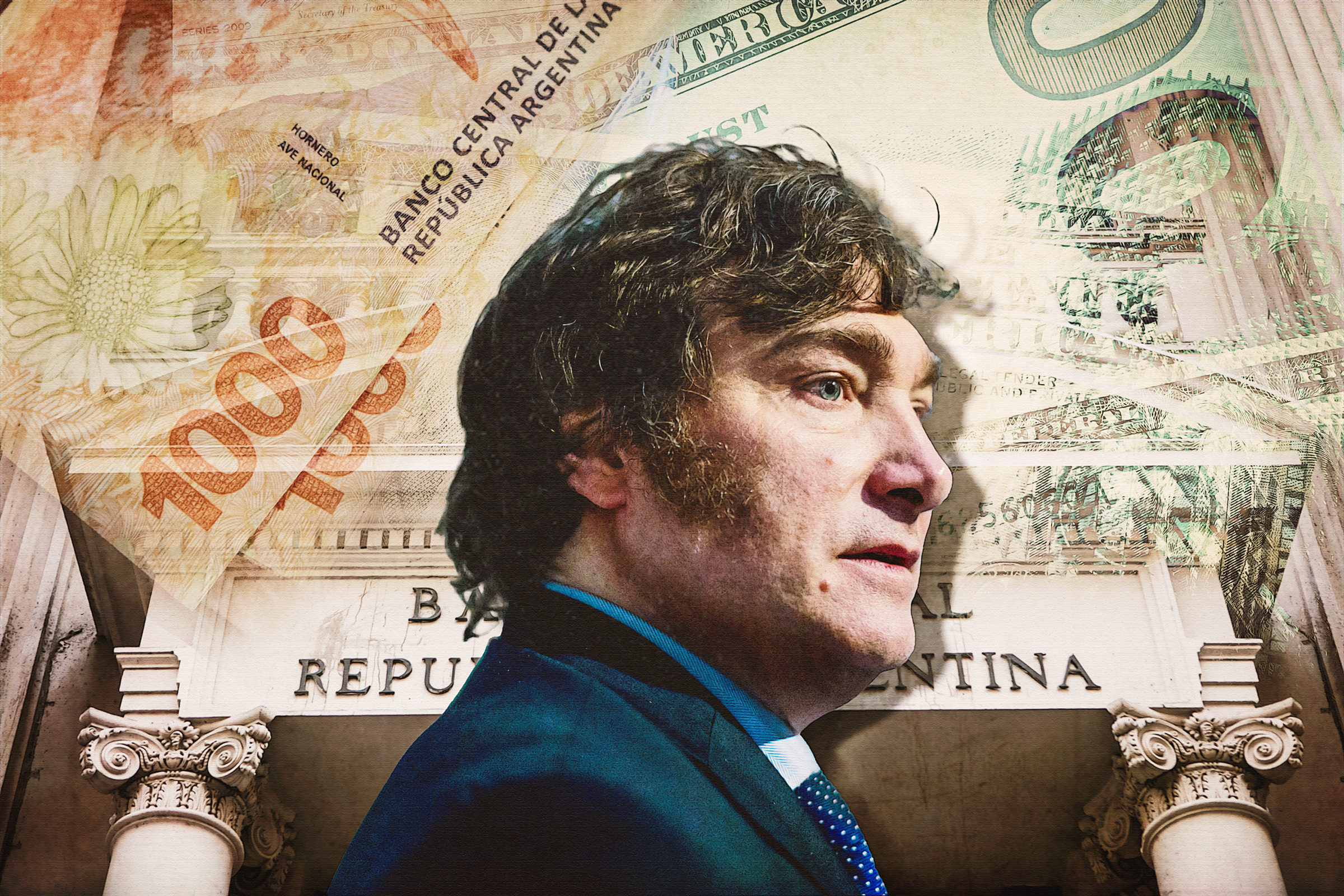News Analysis
Argentina’s President-elect Javier Milei set forth an ambitious agenda that clinched his victory in the recent election, including a pledge to abolish the country’s central bank and switch to the U.S. dollar.

Argentina’s President-elect Javier Milei set forth an ambitious agenda that clinched his victory in the recent election, including a pledge to abolish the country’s central bank and switch to the U.S. dollar.